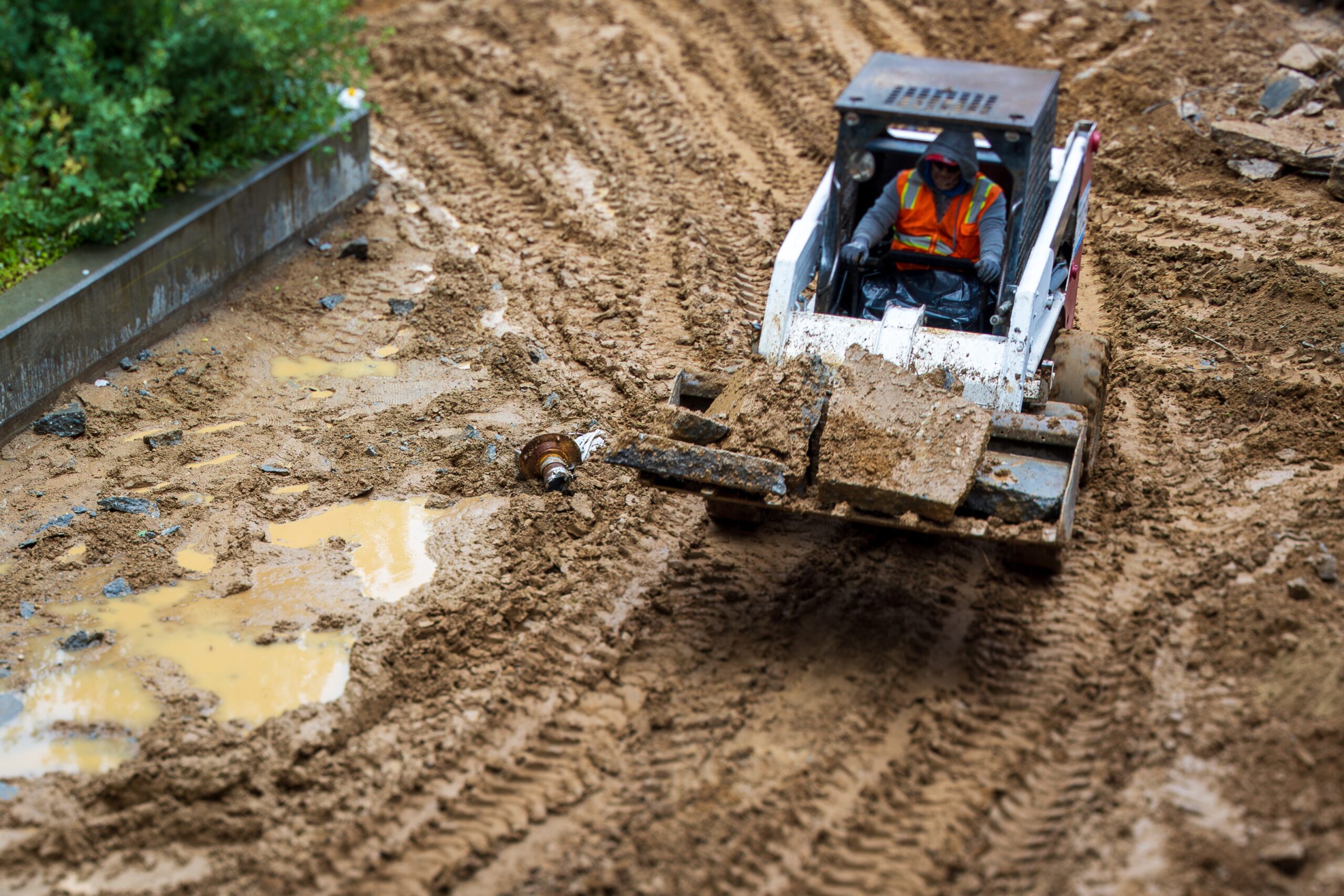Stormwater Inspections are a critical part of every work site. A property’s stormwater management system serves to manage runoff from the worksite and pollutants contained in this runoff including sediment, chemicals and pesticides, bacteria, and other stormwater debris. Inspecting and maintaining the stormwater system for a work site is incredibly important in regards to monitoring the environmental impact of a work site. Not only are work site managers morally obligated to conduct stormwater inspections, but they are also legally obligated. Let’s dive into some of the details of preparing for a work site stormwater inspection, with the experts from Burns Environmental.
What is a Stormwater Inspection?
Companies conduct stormwater inspections at their work sites to monitor the discharge of stormwater from their site to make sure everything follows legally mandated environmental guidelines. Practices like commercial hydroseeding are often implemented for erosion control purposes and to help control stormwater runoff. Qualified evaluators will inspect these stormwater discharge systems, including drains, pipes, sediment basins, silt fences, and retention ponds.
Three Types of Stormwater Inspections
Routine Inspections
Routine stormwater inspections are conducted on a regular schedule to monitor stormwater management systems and troubleshoot any potential issues identified. A work site with good practice will maintain this practice in order to ensure that their work site is environmentally responsible and legally compliant.
Compliance Inspections
Compliance inspections of stormwater management systems are generally conducted by the Environmental Protection Agency or another government agency at the work site. They cover a range of compliance subjects for a work site, including NPDES permitting, stormwater management systems, and other regulations. They are scheduled in advance with the agency conducting the compliance inspection.
Targeted Inspections
Targeted stormwater inspections are initiated when a specific concern arises regarding the stormwater management system of a work site. They typically address specific problems that have been previously identified, seeking to analyze and fix them.
The Purpose of Stormwater Inspections
Stormwater management system inspections are legally mandated in order to help protect the environment. Under the Clean Water Act of 1974, work sites that discharge stormwater are required to have a stormwater management system in place. All work sites deal with some level of runoff or discharge. The purpose of these plans are to set environmentally friendly procedures for discharging this stormwater. One such example is the practice of commercial hydroseeding, which fosters deep root growth in work site soil to help soak up stormwater, limiting runoff and helping control erosion.
How do Stormwater Inspections protect the environment?
Stormwater management system inspections mainly protect the environment by ensuring the stormwater management system is functioning as intended. This ensures that work sites are using good practice to take steps such as commercial hydroseeding, erosion control, flood prevention, pollution elimination, and regulation compliance. All of these practices help protect the environment.
How to Prepare for a Stormwater Inspection
The biggest part of being prepared for a stormwater inspection is having a stormwater management plan in place. Use effective erosion control solutions like commercial hydroseeding, silt fences and sediment basins. Review your erosion control strategies and your stormwater management plan, making sure it meets all government regulations and covers the stormwater discharge process. Hiring professionals like those at Burns Environmental to review and inspect your stormwater management system is another great way to keep your work site safe and guarantee it is up to the regulatory standards applicable.
If your work site is in need of erosion control, NPDES permitting or stormwater management system inspection, look no further than Burns Environmental! We provide all services from inspections to erosion control and repair/replacement. Also, we will conduct all permits necessary for NPDES. And we don’t just stop there, during the job we follow all regulations of NPDES, making sure stormwater pollutants runoff don’t affect the waterways, checking everything is being installed properly, and more.
Contact Burns Environmental today for a FREE quote on commercial hydroseeding, erosion control, silt fences, NPDES permitting, and stormwater inspection services.

